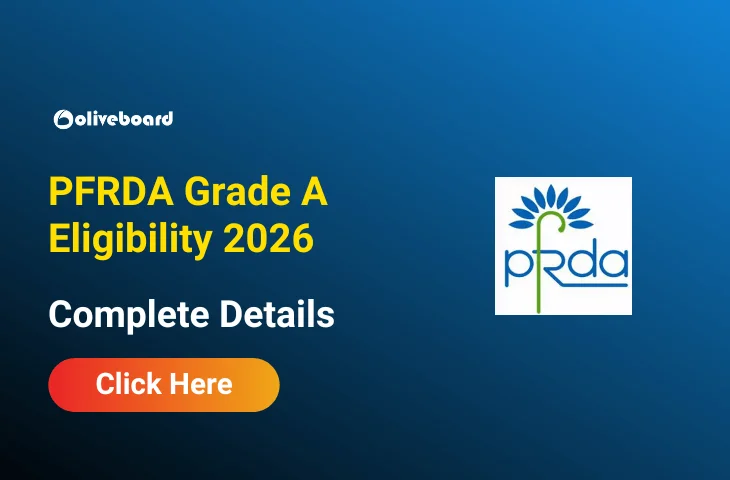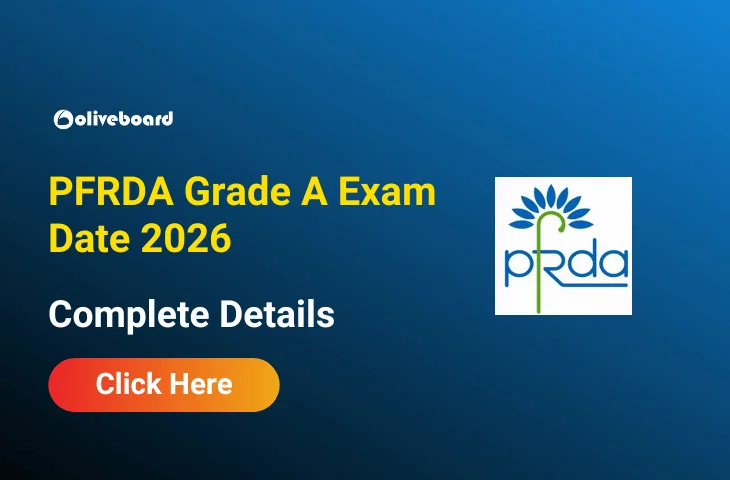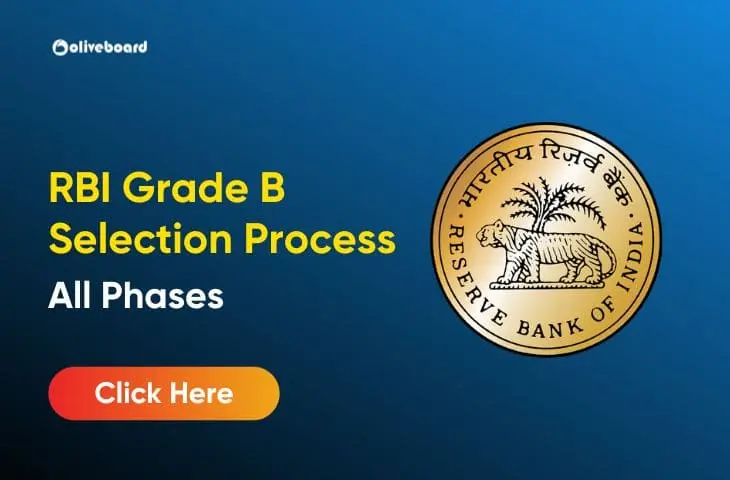PFRDA Grade A Statistics Section
If you’re preparing for the PFRDA Grade A exam, it’s important to give special attention to the Statistics section, especially if it’s part of your paper. This section tests your understanding of key statistical concepts, formulas, and their practical applications. With the right approach, smart planning, the right study material, and consistent practice, you can master this section and improve your overall score.
PFRDA Grade A Statistics Syllabus
The syllabus for the PFRDA Grade A Statistics stream is quite structured and focuses on both fundamental and applied statistics. Here’s a breakdown of the key topics you need to cover:
- Descriptive Statistics: Measures of central tendency and dispersion, moments, skewness, and kurtosis.
- Probability Theory: Basic probability, conditional probability, Bayes’ theorem, random variables, and probability distributions (Binomial, Poisson, Normal, etc.).
- Statistical Inference: Sampling distributions, point estimation, interval estimation, hypothesis testing (Z, t, Chi-square, F-test).
- Linear Regression and Correlation: Simple and multiple linear regression, correlation coefficients, rank correlation.
- Multivariate Analysis: Principal component analysis, factor analysis, cluster analysis, discriminant analysis.
- Statistical Quality Control: Control charts for variables and attributes, process capability.
- Time Series Analysis: Components, models, forecasting techniques.
- Design of Experiments: Basic concepts, CRD, RBD, LSD, factorial designs.
- Econometrics: Basics of econometric models, assumptions, violations, autocorrelation, multicollinearity.
- Statistical Software Tools (basic knowledge): Excel, R, SPSS, or any other relevant tool used for analysis.
PFRDA Statistics Weekly Revision Plan
A good revision plan can help you retain concepts and track your progress effectively. Here’s a sample 8 week revision plan:
| Week | Topics to Cover | Practice Focus | Revision Strategy |
| Week 1 | Descriptive Statistics (Mean, Median, Mode, Variance, Standard Deviation, Skewness, Kurtosis) | – Practice MCQs daily – Create summary notes | – Revise formulas using flashcards – Solve previous year questions |
| Week 2 | Probability Theory (Basic Rules, Bayes’ Theorem, Distributions – Binomial, Poisson, Normal) | – Numerical problem sets – Attempt one short quiz | – Compare formulas and applications – Revisit solved examples |
| Week 3 | Sampling & Estimation (Sampling Techniques, Confidence Intervals, Estimators) | – Case-based MCQs – Sample paper practice | – Concept map creation – Weekly revision of Weeks 1–2 |
| Week 4 | Hypothesis Testing (Types of Errors, Z-test, T-test, Chi-Square, ANOVA) | – Solve test-based questions – Mock on hypothesis testing | – Flashcard review – Revise core steps of test procedures |
| Week 5 | Correlation & Regression Analysis (Linear & Multiple Regression, Pearson/Spearman Correlation) | – Practice with data sets – MCQs with interpretation | – Revisit formulas and graphs – Cross-topic revision of Weeks 1–4 |
| Week 6 | Time Series Analysis (Components, Trend Analysis, Moving Averages) Index Numbers | – Create charts and plots – Practice numericals | – Summary notes and visual revision – Quiz on cumulative topics |
| Week 7 | Multivariate Analysis Statistical Quality Control (Control Charts, Process Variation) | – Advanced questions – One mini-mock on Statistics section | – Weekly summary sheet – Revise core definitions |
| Week 8 | Design of Experiments Econometrics Final Revision | – Full-length mock tests – Timed section tests | – Identify weak areas – Final concept brushing and FAQs |
PFRDA Grade A Statistics Books and Study Material
Using the right books will help you understand concepts easily and practice with relevant examples. Here are some recommended sources:
Standard Textbooks:
- Fundamentals of Mathematical Statistics by S.C. Gupta and V.K. Kapoor
- Probability and Statistics by Schaum’s Series
- Introduction to the Practice of Statistics by Moore, McCabe, and Craig
- Applied Multivariate Statistical Analysis by Richard A. Johnson and Dean W. Wichern
Practice Books:
- Quantitative Aptitude for Competitive Exams by R.S. Aggarwal (for basic revision)
- UGC-NET Statistics Books (for conceptual questions and MCQs)
- Previous year papers of PFRDA (if available) and SEBI Grade A (Statistics stream)
PFRDA Grade A Statistics Preparation Strategy
Here are some tried-and-tested strategies to help you score well:
- Understand the Exam Pattern: Go through the detailed notification (once re-released) to check the marks distribution for the Statistics paper.
- Make Conceptual Notes: Avoid rote learning. Instead, build short notes with examples and formulas for quick revision.
- Practice with a Timer: Since the exam has a time-bound format, practice solving questions within a time limit to improve speed and accuracy.
- Attempt Mock Tests Weekly: Analyze your performance after each test to know your strengths and weaknesses.
- Revise Regularly: Use weekends to revise 2–3 previously covered topics. Keep updating your notes with tricky concepts and learnings from mocks.
- Use Visualization Tools: Concepts like time series, regression, and multivariate analysis can be better understood using graphs or visual tools. Use Excel or YouTube tutorials to understand these better.
- Stay Consistent: Even 2 hours of consistent study daily over 2–3 months can yield strong results for this paper.
FAQs
No, Statistics is applicable only to candidates applying under the Statistics stream. Other streams have different subject requirements.
The difficulty level is moderate to high and typically matches the level of a postgraduate degree in statistics or applied mathematics. Conceptual clarity and application-based problem-solving are key.
Topics like Probability Distributions, Hypothesis Testing, Regression & Correlation, Time Series, and Multivariate Analysis are highly important. You should also focus on Statistical Inference and Design of Experiments.
While hands-on usage may not be tested directly, basic awareness of tools like Excel, R, SPSS, and Python for statistical applications is expected.
Start by understanding the complete syllabus. Make short notes for each topic, practice conceptual questions, and solve previous year/sample papers. Use the 8-week revision plan for structured preparation.
- NABARD Grade A Selection Process 2025, Check Phase 1,2 & Interview

- SEBI Grade A Selection Process 2025, Exam Structure for Phase 1 & 2

- PFRDA Grade A Eligibility 2026, Age Limit, Educational Qualification

- PFRDA Grade A Exam Date 2026, Prelims and Mains Exam Schedule

- PFRDA Grade A Recruitment Notice 2026, Download Notification PDF

- RBI Grade B Selection Process 2025, Know About Phase 1, 2 & Interview


Priti Palit, is an accomplished edtech writer with 4+ years of experience in Regulatory Exams and other multiple government exams. With a passion for education and a keen eye for detail, she has contributed significantly to the field of online learning. Priti’s expertise and dedication continue to empower aspiring individuals in their pursuit of success in government examinations.
